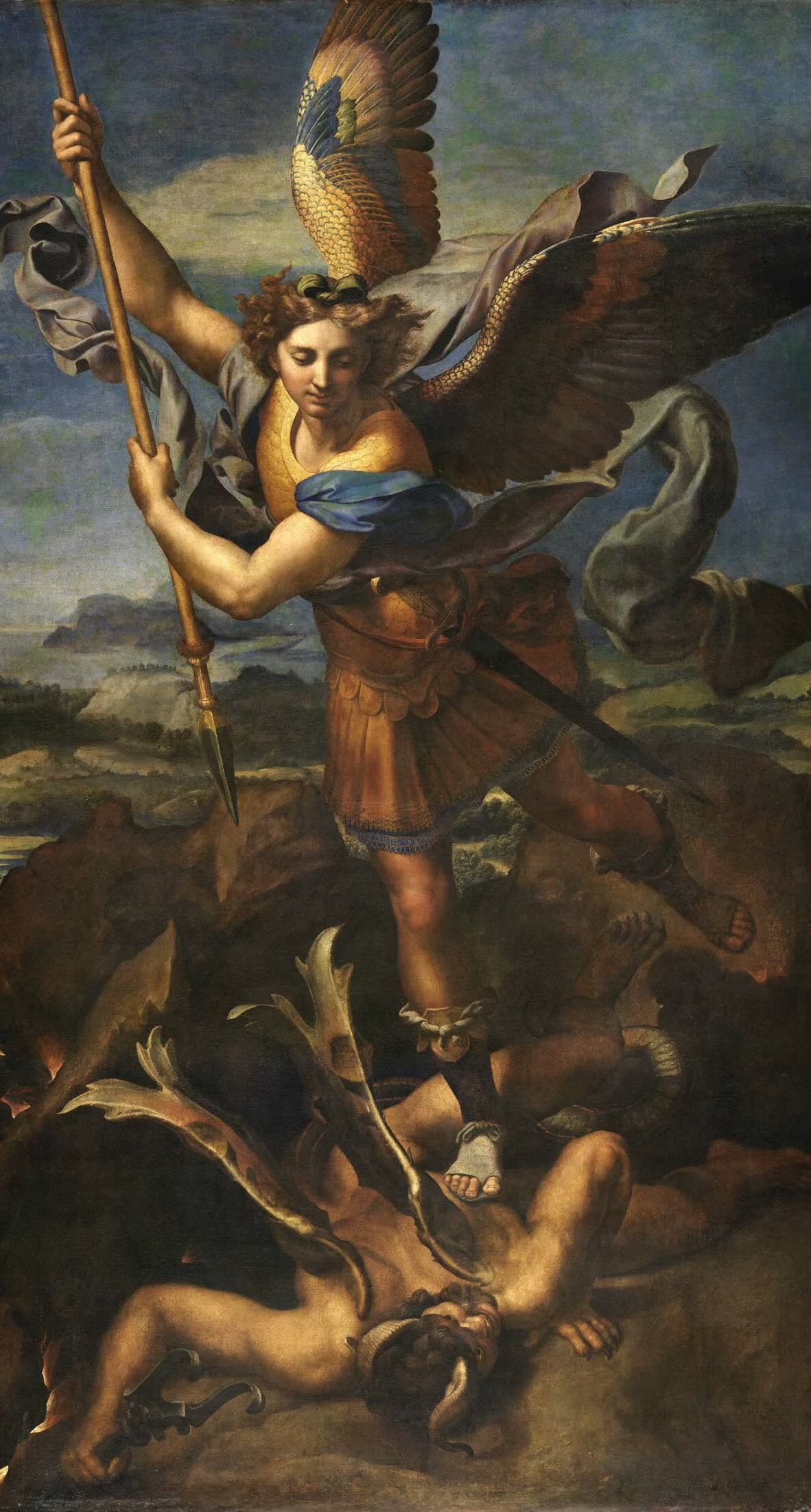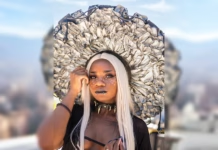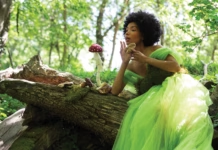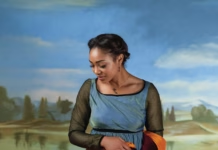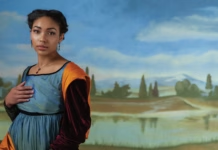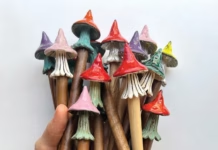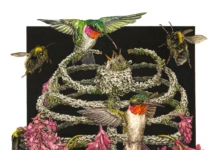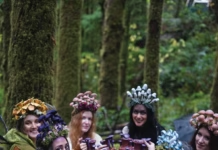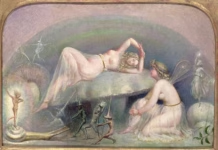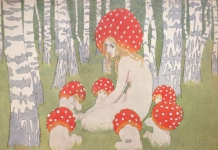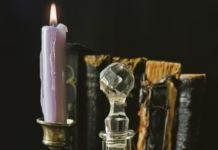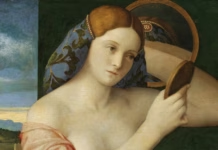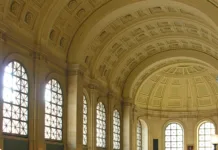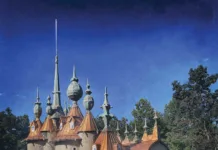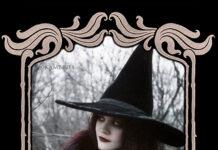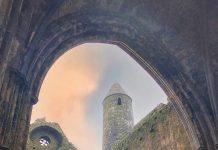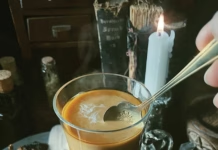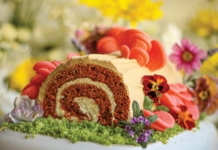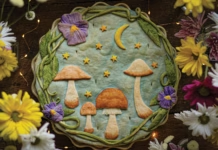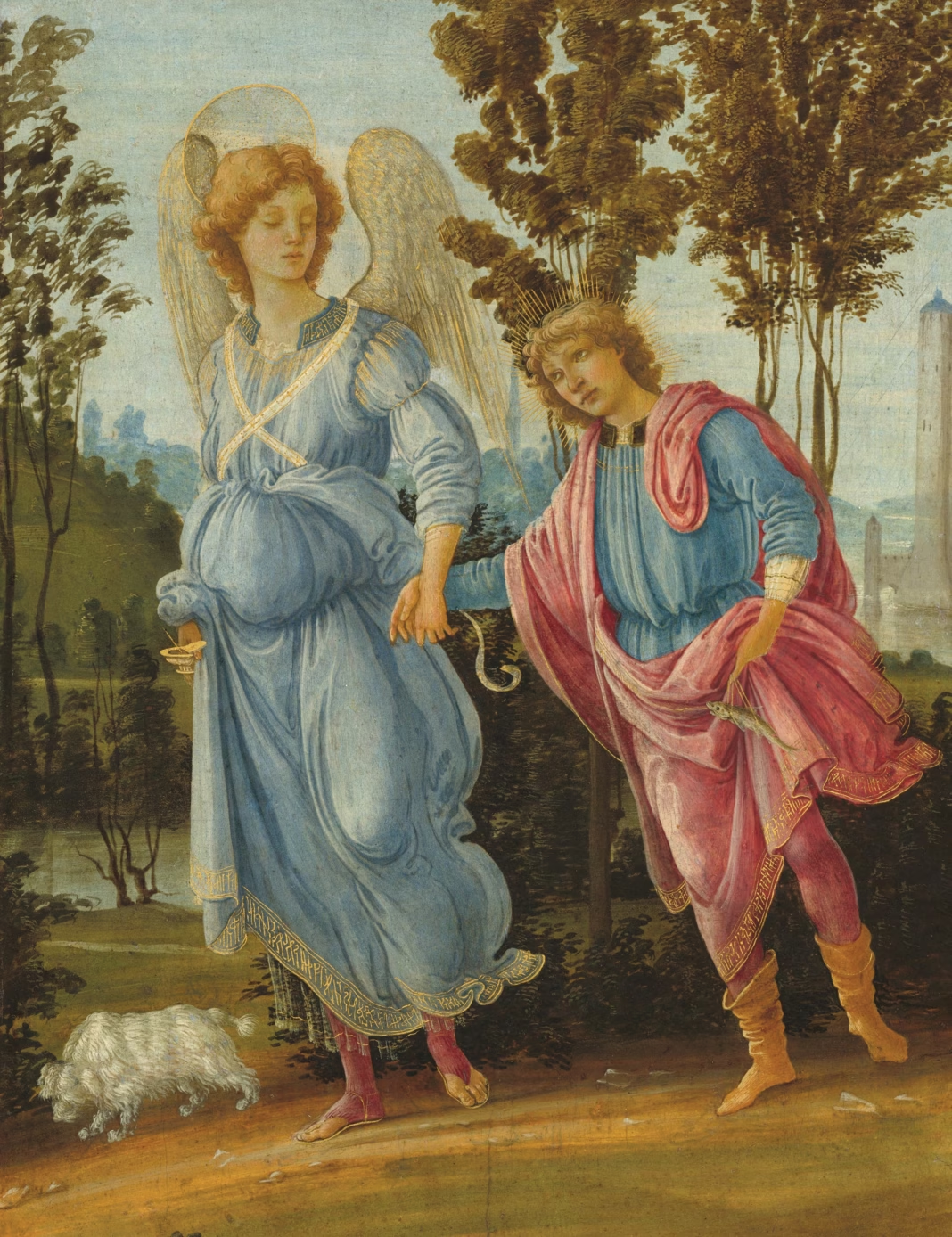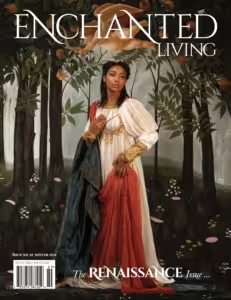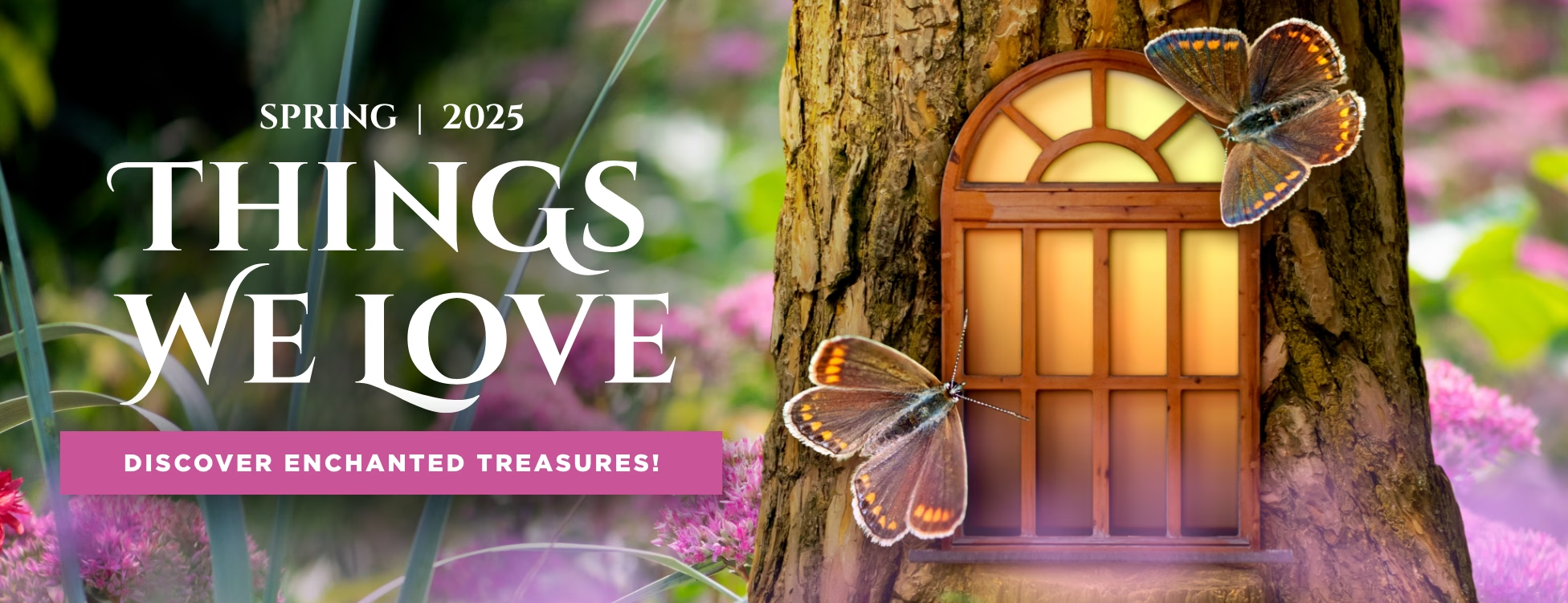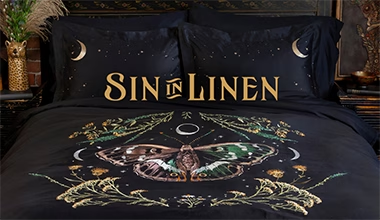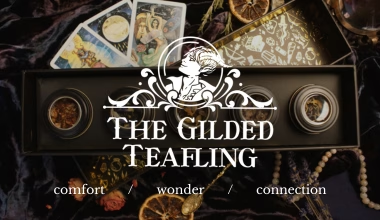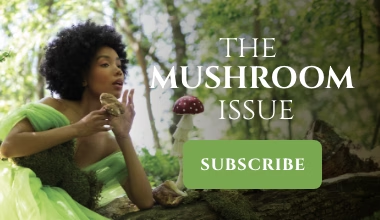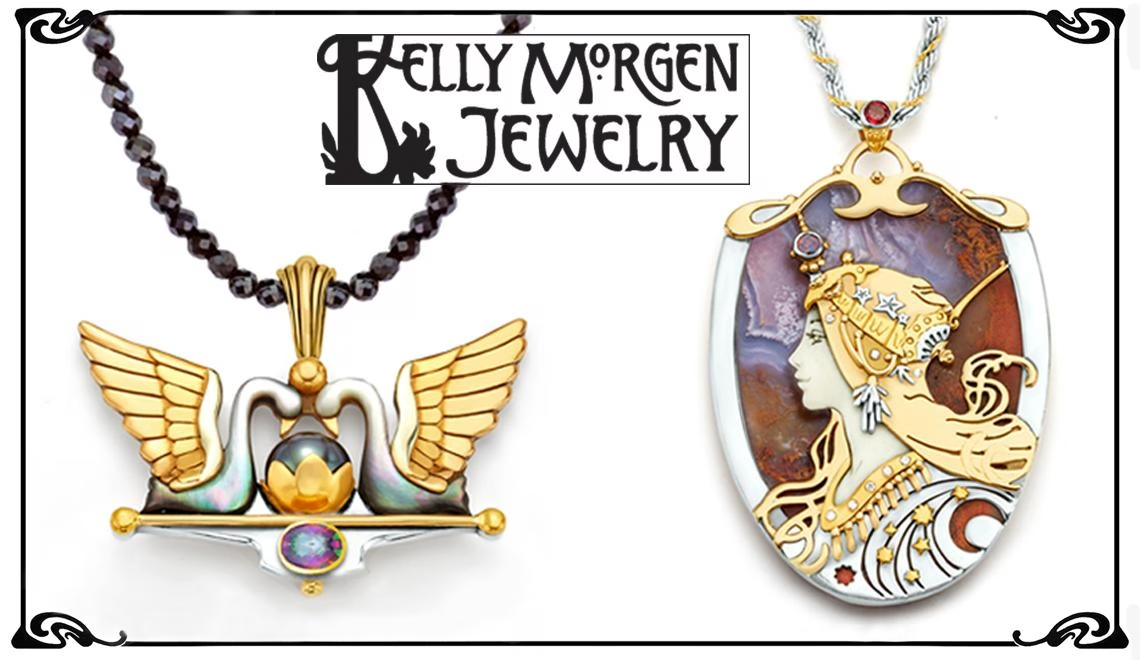Portrayals of angels abound in popular culture. With compelling personalities and forceful wills, angels appear as heroes and villains in books and film and on television, interacting with humans as friends, antagonists, allies, even lovers. But these fictional angels are a far cry from angels as they are depicted in Scripture. For these modern angels, we can thank the artists, scholars, and writers of the Renaissance.
In Jewish, Christian, and Islamic holy texts, angels were regarded as God’s messengers, beings of pure spirit who acted as extensions of God’s will. They served as guardians, messengers, or avengers but generally had no individual will of their own. In Scripture, angels might appear in human or animal form, or with no form at all. This multiplicity of angelic depictions persisted in Jewish and Christian art until the late Middle Ages, by which time angels were mostly portrayed in human form, with wings representing their role as intermediaries between heaven and earth. As the Middle Ages gave way to the Renaissance, images of angels began to reflect the humanistic values of the period.
While Renaissance philosophy and art celebrated the beauty of the human spirit, religion still played a central role in society. In Renaissance Italy, many works of art were commissioned by the Catholic Church, which meant that the vast majority still had religious subjects, often depicting angels. In “Thomas More, Raphael Hythlodaeus, and the Angel Raphael,” scholar Elizabeth McCutcheon writes that “angels and archangels particularly fascinated Renaissance man, who saw in them a group of rational spiritual beings who were still close to mankind and mediated between the divine world and earth below.” In Renaissance art, angels not only took human form but also seemed to express human feelings.
Italian Renaissance paintings show angels with unique personalities. This is particularly true of the depictions of the few angels to be mentioned by name in the Bible. The archangel Gabriel, for example, is first mentioned in the Book of Daniel as an interpreter of visions and then appears later in the Gospel of Luke, announcing to Mary that she has been chosen to be the mother of Jesus. This latter episode is known to Christians as the Annunciation and is widely represented in art. Unlike medieval paintings of the Annunciation, which were more concerned with symbolism than realism, Renaissance painters depict Gabriel and Mary in direct interaction with one another in shared space. Their expressions and physical bearing portray awe, humility, and respect.
In Angels and the Order of Heaven in Medieval and Renaissance Italy, art historian Meredith Gill notes, “The Annunciation is the instance at which divine potency meets frail human potential, and it is the instance at which they are both transformed.” Gill sees this transformation at work in Sandro Botticelli’s Cestello Annunciation (1489), in which Gabriel’s “ardent, genuflecting form communicates empathy” with Mary. Gill also notes the “purposeful optimism” of Gabriel in Alesso Baldovinetti’s Annunciation (1447), his “starstruck naivety, arms crossed and smiling.”
This human-inflected version of Gabriel is also evident in a fresco of the Annunciation found in the convent of San Marco in Florence. It was painted by Dominican friar Guido DiPietro (c.1395– 1455), better known as Fra Angelico. The fresco portrays Gabriel bowing to Mary with clasped hands while they look each other directly in the eyes, both blushing.
The painter’s use of vibrant color adds to the realism of the scene and to the angel’s human affect.
For Renaissance painters, another favorite subject was the archangel Raphael, whom McCutcheon calls “the most humane of all the archangels.” Raphael appears by name in the Book of Tobit, which is included in the Catholic and Eastern Orthodox Bibles and as part of the Apocrypha, or noncanonical texts, in Protestant traditions. In the story, Raphael takes on a human disguise and becomes the traveling companion and mentor of Tobias, son of Tobit. Raphael heals Tobit’s blindness and helps Tobias exorcise the demon Asmodeus, who has been troubling Tobias’s soon-to-be bride, Sara. According to McCutcheon, “pictures of Raphael, usually with Tobias, became more and more popular in the 15th and 16th centuries.” The paintings usually show the figures walking hand in hand, as in Filippino Lippi’s Tobias and the Angel (c. 1475–1480) and Titian’s The Archangel Raphael and Tobias (c. 1512–1514). Like many such works of the period, Titian’s painting presents Raphael looking down into Tobias’s face with an expression of affection and concern, while Tobias smiles up at his angelic companion.
Renaissance depictions of the archangel Michael are intertwined with the Christian understanding of Satan as a fallen angel. Michael is mentioned by name in the Book of Daniel, where he is called the “guardian” of the people of Israel, and in the New Testament’s Book of Revelation, in which he is the leader of the army of Heaven. In the painter Raphael’s Saint Michael Vanquishing Satan (1518), the angel’s youthful, sensitive, human face is set in contrast to the horned, animalistic Satan lying at his feet. The Fall of the Rebel Angels (1562) by Dutch painter Pieter Bruegel the Elder portrays Michael and the loyal angels in human form, while the rebel angels appear to become beasts as they fall. This reflects Christian theological understanding that demons are fallen angels.
And yet, despite his fall, or perhaps because of it, Satan may be the Renaissance angel with the most human personality, at least as he is portrayed by English poet John Milton. Milton’s epic poem Paradise Lost was published in 1667, in the last decades of the Renaissance, and it introduces Satan as Lucifer, the most beautiful of the angels. Lucifer rejects his role as subservient to God and humanity, thus precipitating a war in heaven. Throughout the poem’s narrative, Lucifer/Satan displays humanlike characteristics: will, agency, pride, and the ability to rationalize his bad actions. Maybe it was these traits that led William Blake to note that Milton was “of the Devil’s Party without knowing it.”
In recent years, Satan/Lucifer’s rebellion and fall have been revisited with varying degrees of sympathy in author Philip Pullman’s His Dark Materials series, in the television shows Supernatural and Lucifer, and in films such as Constantine, Legion, and many others. These works often also depict Gabriel, Michael, and other angels with distinct humanlike personalities. Meanwhile there are also films like Wim Wenders’s Wings of Desire and Frank Capra’s It’s a Wonderful Life, and David Almond’s novel Skellig, which create original angelic characters, further exploring our fascination with these creatures of pure spirit. The humanized angels developed in the Renaissance have become even more recognizably human with the passage of time— proving our fascination with angels is in fact part of what defines our culture.
